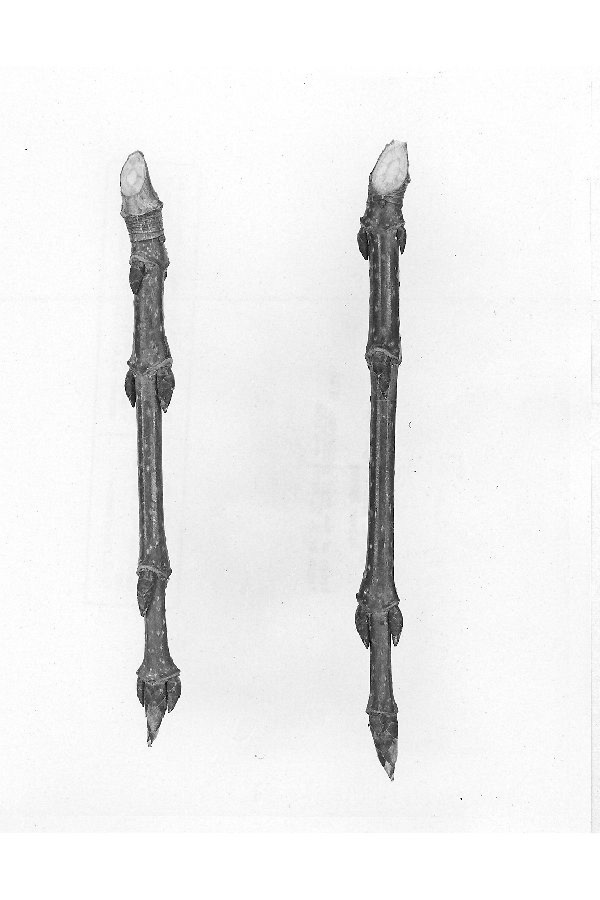Sugar Maple : Description
Sugar maples have greyish-brown bark which forms vertical plates on the trunks, alternating with deep fissures. The twigs are smooth, reddish-brown and have three sharply pointed terminal buds, in contrast to Norway maples, which have more bulbous buds. The leaves are quite large, anywhere from three to five inches in length, and quintessentially maple-like in appearance, with five large lobes, although the two nearest the base are thinner than the three central ones. The leaves form an opposite growth pattern, which means that each one has a matching leaf growing directly opposite to it on the other side of the twig.
As with all maples, sugar maples are deciduous, which means that the trees lose their leaves each fall as colder weather sets in. This is actually more broadly an adaptation to drought, which, in the case of maples, is a result of the groundwater becoming frozen. Under normal growing conditions, the tree’s roots draw water out of the ground and into the plant, which is then distributed to the leaves and branches. The leaves convert the water, along with sunlight and carbon dioxide, into glucose via photosynthesis. However, in a process called transpiration, some of the water that was drawn into the leaves is expelled as a waste product. So long as there is a reasonable supply of water for the tree to draw from, that system works fine. However, as precipitation becomes less frequent and the level of sunlight decreases, the amount of energy and water expended to produce more food starts to outweigh the benefits. If the leaves were allowed to stay on the tree and continue manufacturing food, the tree would quickly become dehydrated as its reserves of water were depleted. The solution, arrived at through millions of years of evolution, is to cut off the supply of nutrients to the leaves, causing them to die and fall from the tree. This act of self-sacrifice is actually triggered by the steady decrease in day length following the summer solstice. Once the leaves are gone, the plant enters into winter dormancy, a state almost like hibernation, which it only awakens from when resources become more readily available in the early spring. The process of losing leaves is important to the tree, but it is also economically valuable as a tourist attraction in certain areas.

